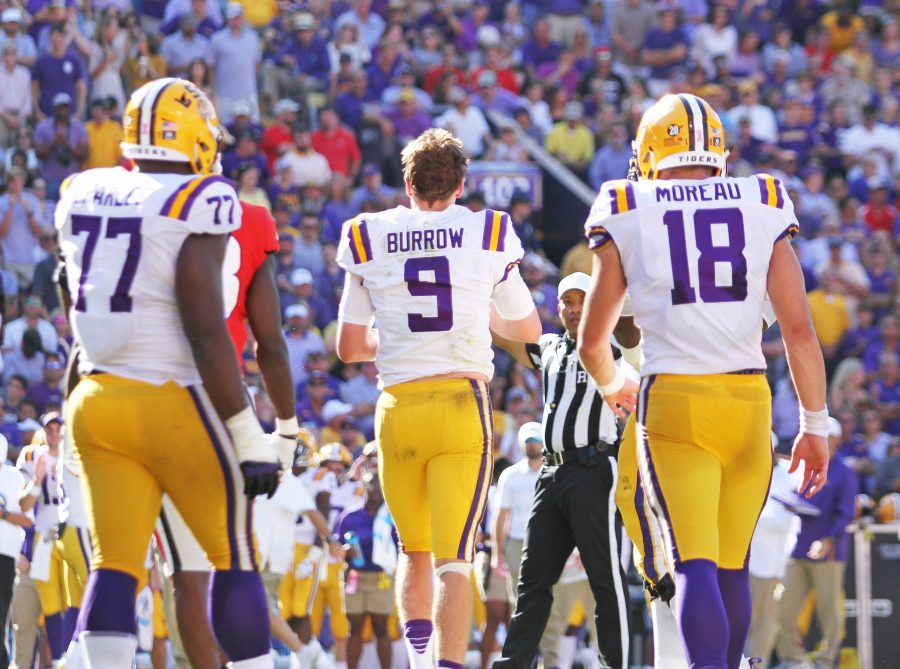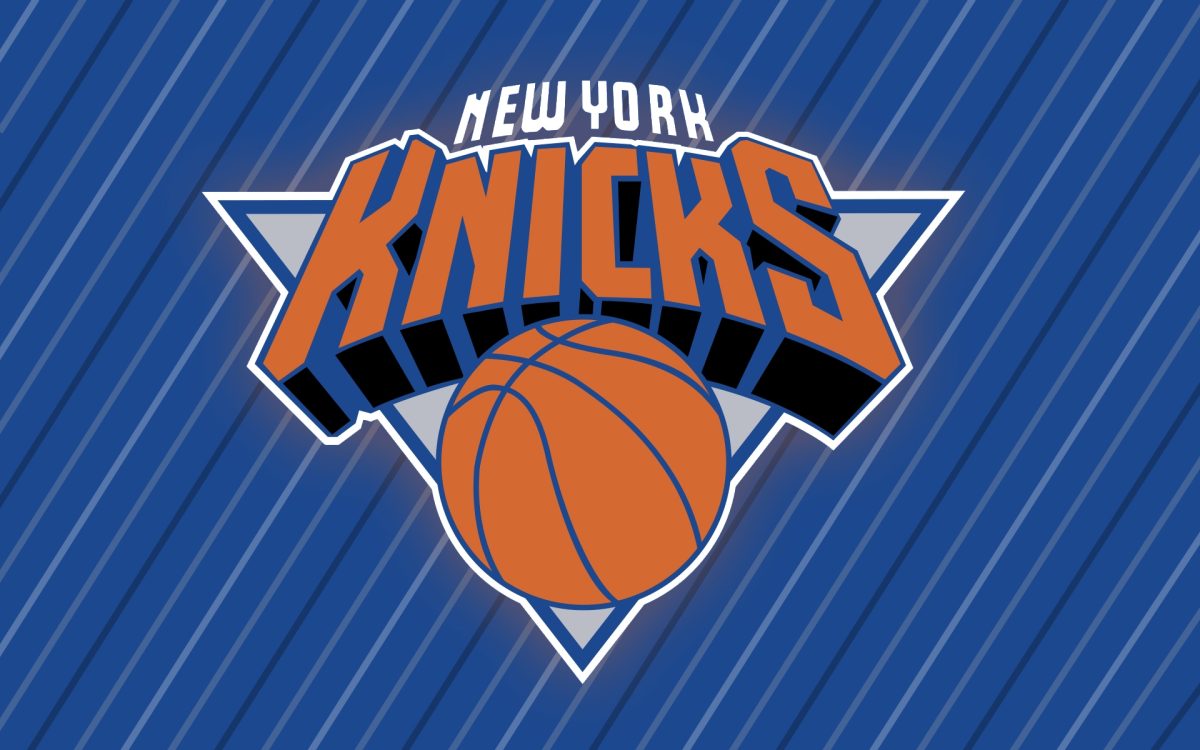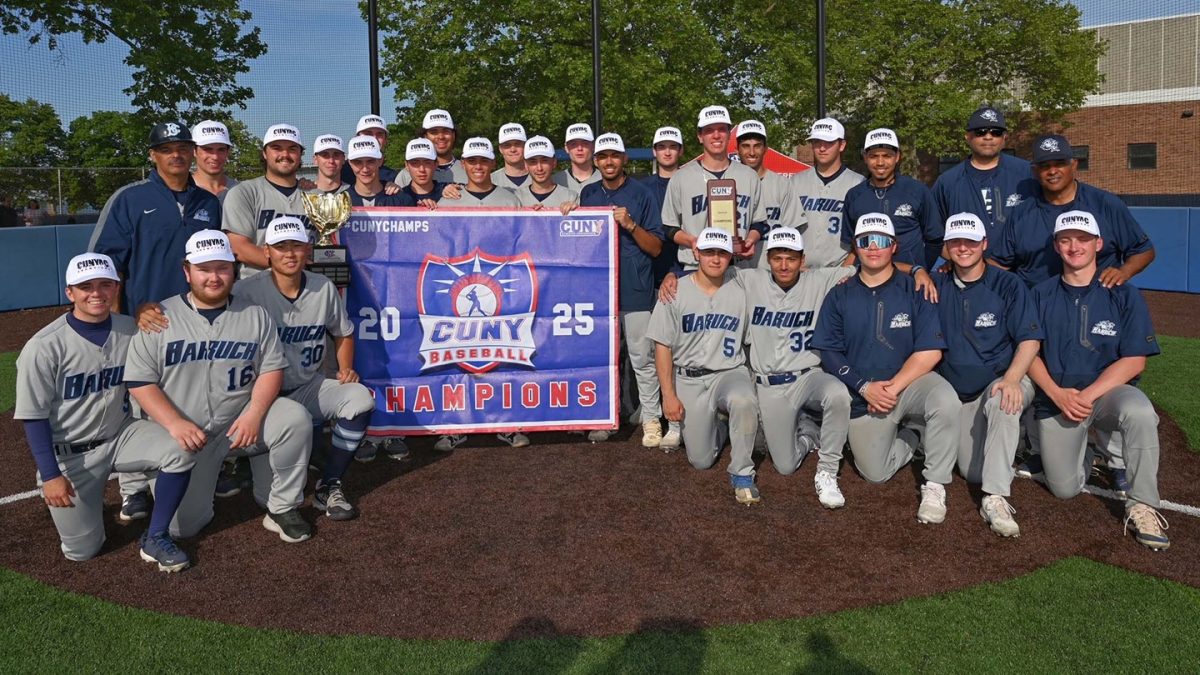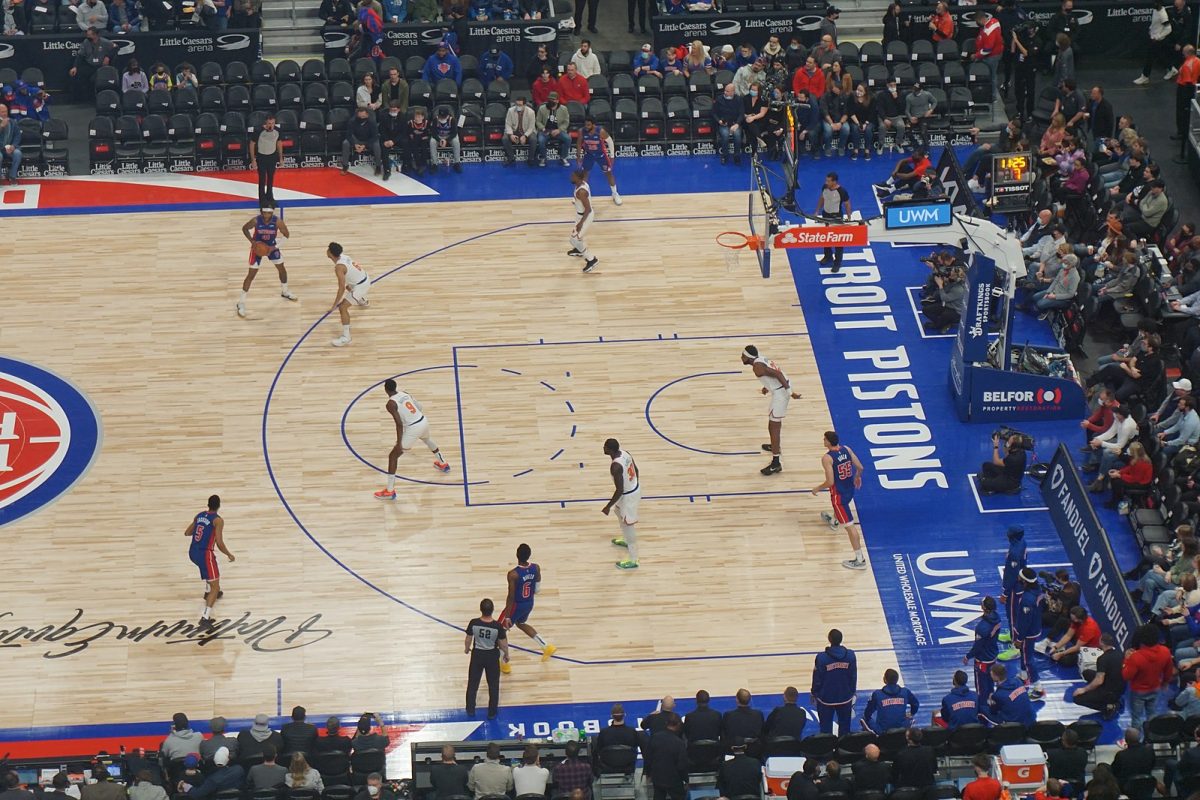As the Division I-A college football regular season comes to a close, there is an unavoidable truth about the whole landscape of the sport. Amidst all the pageantry and passion, the ultimate goal of a National Championship is realistic only to Power Five conferences such as the Southeastern Conference or the Big Ten Conference. Even then, only a quarter of those teams have the talent and discipline to compete for a championship.
However, the drama that is produced by these teams is enough to rival a Shakespeare play. When one loss in a season can destroy dreams of postseason glory, the stakes are high, and every team must show up and show out for the fans and for the College Football Playoff selection committee. So far, the biggest shock of the campaign has to be the fall of the University of Alabama Crimson Tide from the seemingly eternal good graces of the CFP rankings.
A knee injury to Crimson Tide’s record-setting quarterback Tua Tagovailoa sapped all momentum from Alabama and it showed in the team’s final regular season game against the Auburn University Tigers.
There was an unusual lack of control that permeated throughout the Tide that killed any chance it had to stage a comeback. Thirteen penalties were committed by Alabama, including a special team penalty that iced the game for Auburn. The Iron Bowl result means that Alabama’s chances of reaching the CFP are virtually kaput.
With ‘Bama’s maiden omission all but certain, there are four teams currently in position for the playoff and a close contender on the outside looking in.
Ohio State Buckeyes
The 2019-2020 Ohio State University Buckeyes can only be described by one word—bulldozer. Wrecking any and all teams in their wake, the undefeated and defending Big Ten champions can bury a team with their prolific offense or suffocate any opposition attack with their stout defense. Offensively, the Buckeyes are led by their running game, averaging 281.2 yards per game, good for the third-most effective run attack in the country. Star running back J.K. Dobbins averages 138 yards on his own and is fourth in the country in total rushing yards with 1,657. Combined with 19 touchdowns and game-breaking ability, Ohio State has a potent offense.
Any discussion of Ohio State is not complete without addressing the school’s superstar defensive end Chase Young and the Buckeye defense. Allowing the least number of yards per game with 232.3 and a paltry 11.8 points per game, the opposing offense has no chance to get its attack off the ground. With a ridiculous 16 sacks in 12 games and seven forced fumbles, Young is a disruptor at the line of scrimmage, the type that NFL teams salivate over. He is a projected top-five pick in next year’s National Football League draft.
LSU Tigers
Louisiana State University is turning over a new leaf. Once known as an SEC powerhouse where quarterbacks go to die, Death Valley is now host to a high-flying offense never before seen in the Bayou, except from the Saints in the NFL. Totally noncoincidental, LSU’s offense is modeled after the Saints’ spread offense, utilizing four or five receivers at a time and incorporating many run-pass option plays. LSU’s attack is fearsome, led by Heisman Trophy candidate Joe Burrow. A transfer from Ohio State, Burrow leads the nation in completion percentage at 78%, and is second in the nation with 4,366 passing yards and 44 touchdowns. Coach Ed Orgeron’s willingness to pass has led to success for his receivers, as Ja’Marr Chase and Justin Jefferson both have over 1,000 yards receiving. Because of the fearsome passing attack, opposing defenses do not account for Clyde Edwards-Helaire and his explosive running style. Helaire feasts on defenses spread out to protect the pass, accumulating 1,233 yards and 16 touchdowns.
Defensively, the Tigers leave a lot to be desired, giving up an average of 22 points per game. However, LSU has relied on their offense to carry them to the cusp of a CFP appearance, and the team will live and die by its offense.
Clemson Tigers
The defending national champions have not done anything wrong this season. In fact, Clemson University is undefeated this season, ranking in the top two in opposition points allowed and opposition yards per game. Their linebacker corps has been insane this season, as Isaiah Simmons, James Skalski and Chad Smith have combined for over 200 tackles. Simmons, in particular, has been the most impressive defensive player on the squad, collecting 84 tackles and 6 sacks to lead Clemson.
Offensively, quarterback Trevor Lawrence still leads a balanced Tiger attack that has scored 44 points per game and gained over 500 yards per game. Running back Travis Etienne has rushed for over 1,300 yards and scored 16 touchdowns. The wide receivers are also producing, and all is seemingly right for Clemson. With a place in the CFP all but assured, any and all questions will be answered by the Tigers in the playoff.
Georgia Bulldogs
The University of Georgia has its destiny in its hands. The Bulldogs have to beat LSU in the SEC Championship game and they will keep their spot in the playoff. If they lose, they will fall out. Before entertaining hypotheticals, it is important to praise Georgia for a quietly good season, if that is possible in the football-crazy South. While the offense will always gather headlines with the caliber of talent exhibited from quarterback Jake Fromm and running back D’Andre Swift, head coach Kirby Smart has silently turned his Bulldogs’ defense into one of the best defensive units in the country. Allowing a mere 10.4 points and 257 yards per game, the defense, led by linebacker Monty Rice’s 79 tackles, is Georgia’s best bet at shocking the college football world.
Utah Utes
On the outside looking in, the University of Utah Utes need help to clinch an appearance in the playoff. Of course, that also depends on Utah’s result in the Pac-12 Championship game against the University of Oregon Ducks. However, their defense is what got the Utes to this point. Even more under the radar than Georgia, Utah has assembled a top-five defense, giving up only 11.3 points and 241.6 yards per game. The Utes also possess the best rush defense in the nation, giving up a scarce 58 yards per game. Offensively, Utah relies on a run-heavy system that has allowed Zack Moss to run for over 1,000 yards. The Utes live and die by the run, and if any team wants to beat them, they have to pass over them.







